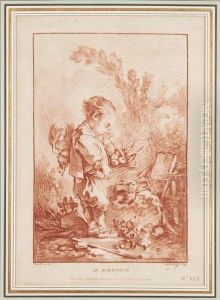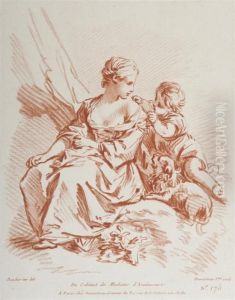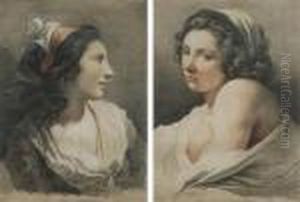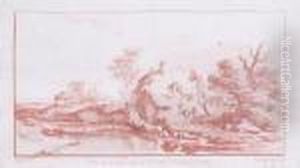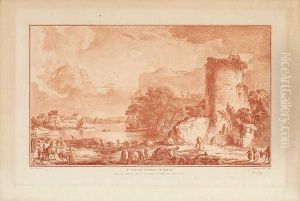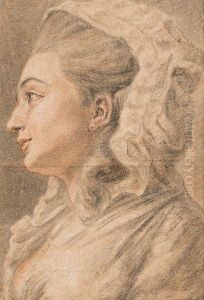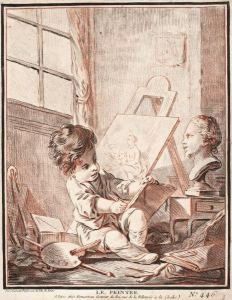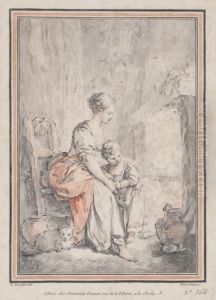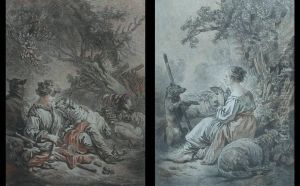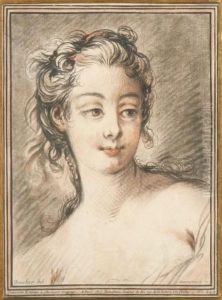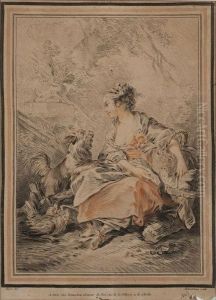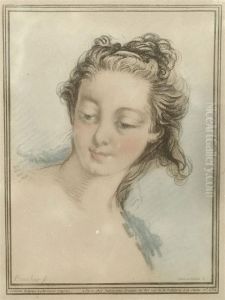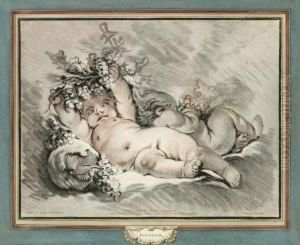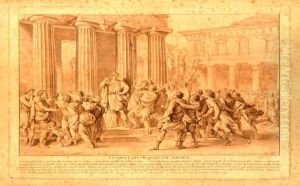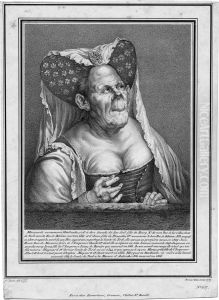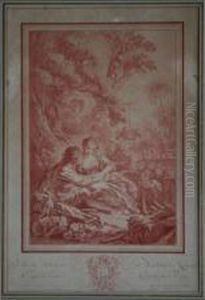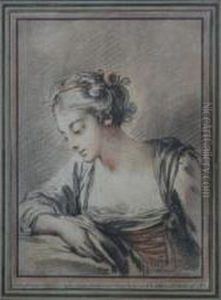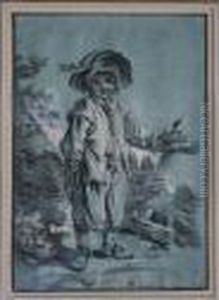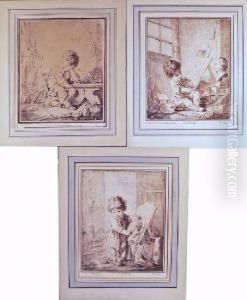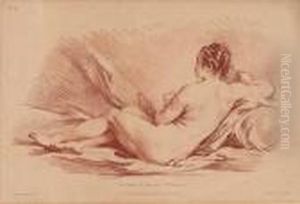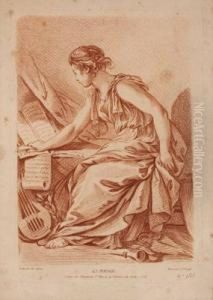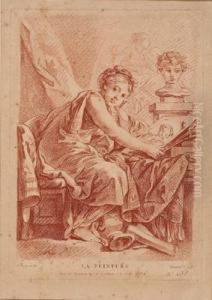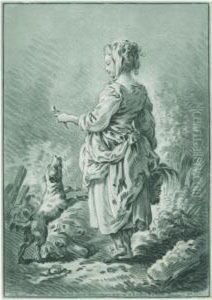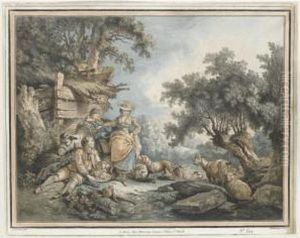Gilles I Demarteau Paintings
Gilles Demarteau, known as Gilles I Demarteau, was a French artist born in 1722 in Liège, which was then part of the Prince-Bishopric of Liège and now is in Belgium. He was an engraver and draftsman known for his work in the crayon manner, a technique that mimicked the look of chalk drawings. Demarteau moved to Paris to further his career, where he worked under the well-known French engraver François Boucher.
Demarteau's technique involved engraving the image on a copper plate with a tool that had a fine, serrated edge. This allowed for the creation of prints that possessed a soft, delicate quality resembling chalk or pastel drawings, which was particularly suited to Rococo tastes of the time, favoring lightness, grace, and fluidity. He specialized in reproducing the works of other artists, particularly Boucher's designs, and was granted a royal privilege for his crayon manner in 1757, which gave him exclusive rights to this technique for a period.
Over his career, Demarteau developed a lucrative business, producing prints that were popular in France and across Europe. His works included genre scenes, portraits, and decorative prints that were often used to adorn the homes of the wealthy and fashionable. Demarteau's engravings were praised for their elegance and contributed to the diffusion of Rococo style.
Despite his success, Demarteau's life was not without challenges. The crayon manner was a demanding technique that required a high level of skill and patience. Nevertheless, Demarteau's mastery of this method earned him a lasting place in the history of printmaking. He died in Paris in 1776, leaving behind a legacy as a master engraver who had a significant impact on the art of his time. His works continue to be studied and appreciated by art historians and collectors today.
